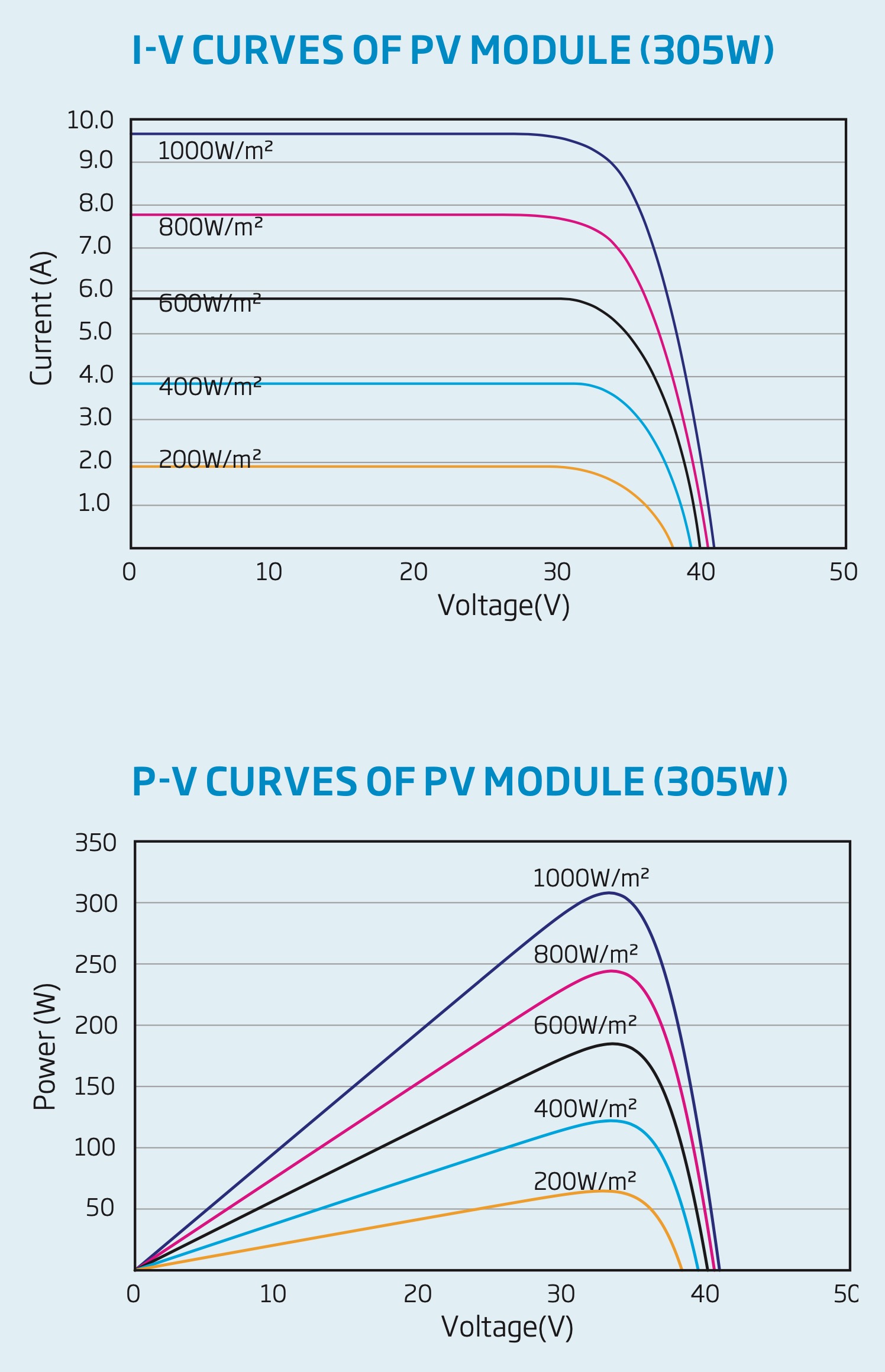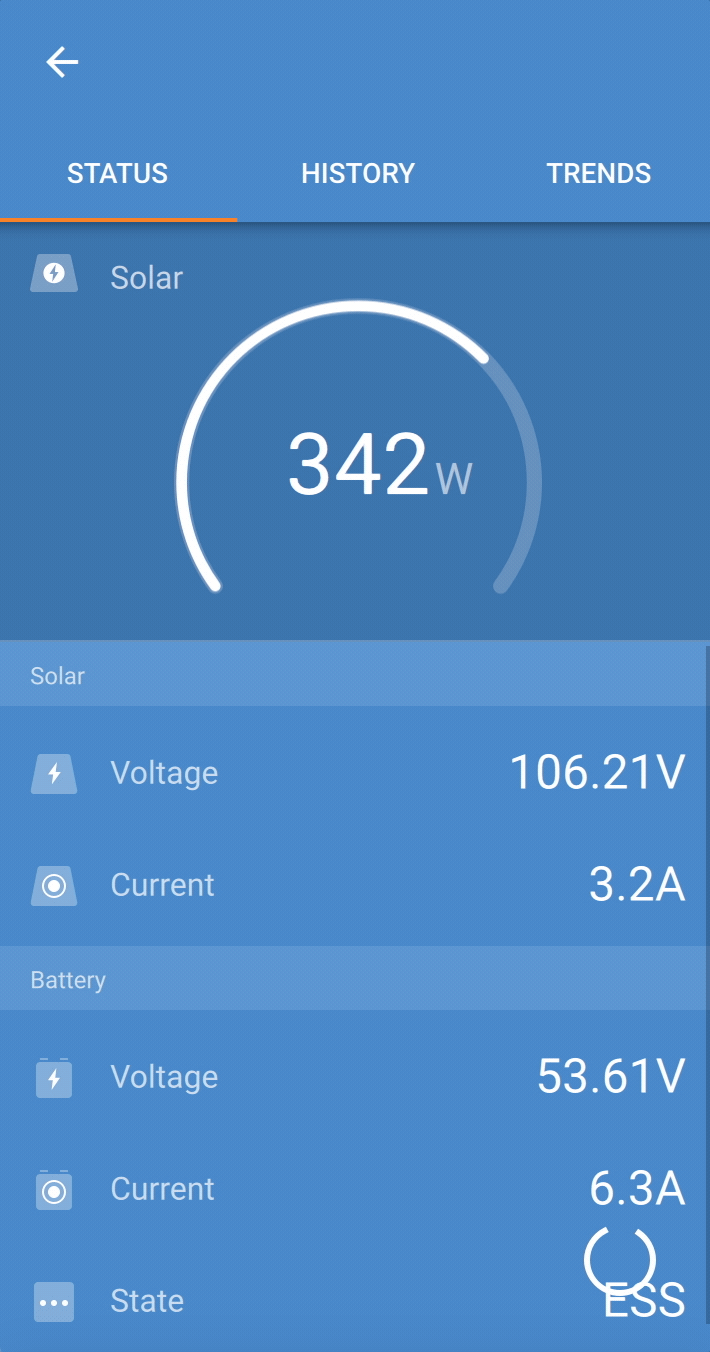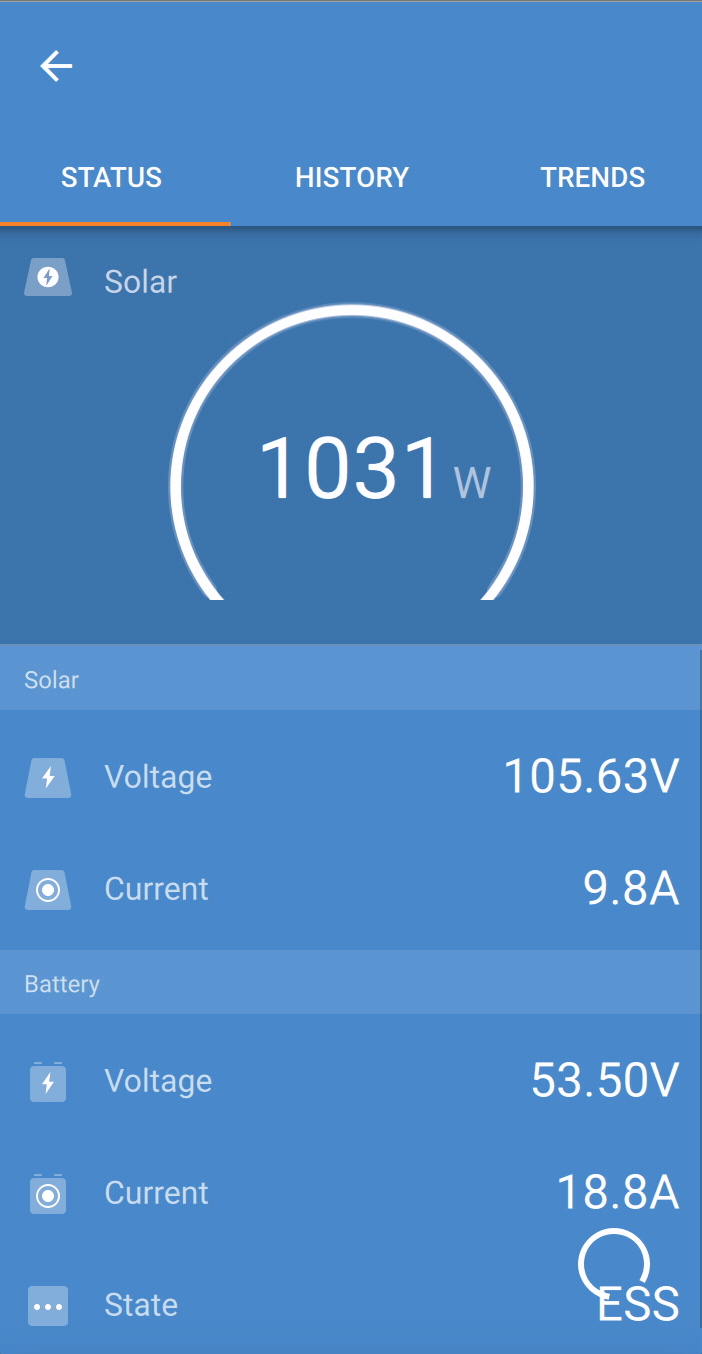Hi, I am still trying to get confirmation as to what the output voltages of a charge controller is at what voltages inputs from a solar panel.
Like if a solar panel rated at 55vdc @ 100% light, what's actually the output Vdc of the charge controller . in graph form eg: below. such as the victron 150/35
panel @ 100% 55vdc = ?? Vdc @ charge controller output to 12v battery.
panel @ 75% 25vdc = ?? Vdc @ charge controller output to 12v battery.
panel @ 40% 15vdc = ?? Vdc @ charge controller output to 12v battery.
panel @ 10% 5vdc = ?? Vdc @ charge controller output to 12v battery.
As I see at this stage the charge controllers may not put out a usable charging voltage when the solar panels voltages are higher than about 20vdc.
Can someone please confirm if they output all the time if the solar panel voltages vary between say about 13 Vdc and about 55vdc.?
Thank you,
John




